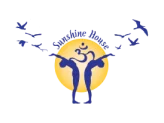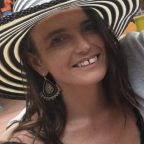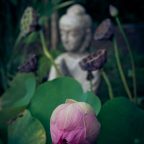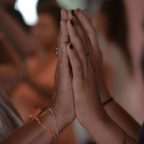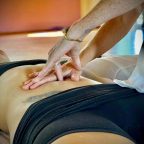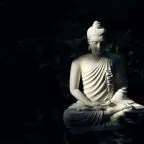The roots of Traditional Thai Massage
Origins and History
The essence of healing touch and massage has existed since time began among all living beings. It comes from the deep understanding that everything in Nature is interconnected and this connection through touch can promote the well-being and release the stagnated energy in order to regain balance and harmony in the system.
As is commonly known nowadays, the roots of “Traditional Thai massage” dates back to some 2500 years ago in India, in times of Ayurvedic and Yogic healing. Then was the time of the Buddha’s physical incarnation, known as Gautama Siddharta. It was developed by the Buddha’s close friend and physician, Jivaka Kumar Bhaccha, who is now regarded not only as of the inspiration for several massage techniques but also as “the Father of Medicine” in the Eastern world. He is mentioned in a variety of ancient documents for his extraordinary medical skills, for his knowledge of herbal medicine, and for having treated important people of his day, including the Buddha himself.
As medical knowledge was transmitted almost entirely orally from teacher to student, the exact influences of Ayurvedic and Chinese medicine on Thai massage remain obscure to this day. Slowly this technique was transmitted from India over to Thailand, with the migration of Buddhism. As anatomy has not (until very recently) ever played a role in the Thai medical understanding of the body and its functions, Thai massage is based primarily on an ‘invisible’ map of energy lines (Sen) and acupressure points which run throughout our bodies.
Medical texts including detailed descriptions of Thai massage were eventually recorded in Pali language on palm leaves. They were considered religious texts and held in safekeeping in the old capital of Ayuthaya. When the Burmese invaded, they destroyed the old libraries and many texts were lost. An oral tradition continued being passed from teacher to student. In 1832 King Rama 111 had all surviving texts carved in stone which are still evident at Wat Po, a famous temple in Bangkok. There are over sixty stones left each depicting various techniques, energy lines and herbal remedies.
There is always room for change, but you have to be open to that change.
Kathryn Budig
Until quite recently, the healing art of Thai massage was practiced only by monks as part of traditional medicine which also included meditation and herbs. It is regarded above all as a spiritual practice, a meditation in movement, closely connected with the teachings of the Buddha. The teaching and sharing from generation to generation and from master to student has made this massage, the intuitive hands-on healing art that it is.
In the last few decades, the healing power of Thai Massage has been known to more and more people interested in alternative medicine and eventually, the teachings were spread from the East to the West. Nowadays, there are many schools established in all over the world and Thai Massage has become a renowned healing tool for many conditions of modern humans. Reviving the wisdom of the past and apply it where is needed for the present, a Thai massage session can be a transformative and profound experience of physical, emotional and spiritual awakening.
